A Decade as a Younger Friend
An interview with this author is included in the September 2023 Quakers Today podcast.Playing with Spirit
Growing up without a distinct faith, my most religious moments came about through play. When I made a puppet of the kitty my mother had knit for me, stitched her up at our puppet hospital, and shielded her from my rowdy playmates, that was my recognition of Spirit. When I threw her at my brother, hissing, and he cried out as though her claws were in his skin, I knew that sharing in this recognition made the Spirit stronger. When inanimate entrails like stuffing and yarn can be woven to create an animate being, it only takes a small nudge to realize that each of us is stuffed with holy matter enough to demand an attentive ear.
Through my parents’ social web of child-having households, we found Friends Camp, a place I came to know as a sanctuary made of glitter, mud, and mythos, resting on a sunset-rich lake in southern Maine. By this time, I was nine years old, and wriggling under a school system that taught me grownup words were mostly instructions to be followed, and that children’s words were mostly things to be corrected by grownups. When the grownups at Friends Camp asked us to pause our play and sit silently for morning worship, I assumed it was another random expression of grownup logic imposed on us kids, and I chattered within myself until some old joke bubbled up, tickling giggles out of me.
I don’t remember when I stopped treading the water of morning worship and allowed myself to sink into its silence. It probably happened when I began shaking my sillies all the way out every day, and noted the muted moments as crucial to building them back up. At school, when I wasn’t barred from speaking externally, it was hard for me to loosen that blockage internally. When called on by teachers or classmates to speak, it felt like I had plugged the drain, with the chain dangling down the pipe: a security measure to stop myself from speaking when I wasn’t supposed to, or saying something wrong. Habit and expectation drove it down deeper.
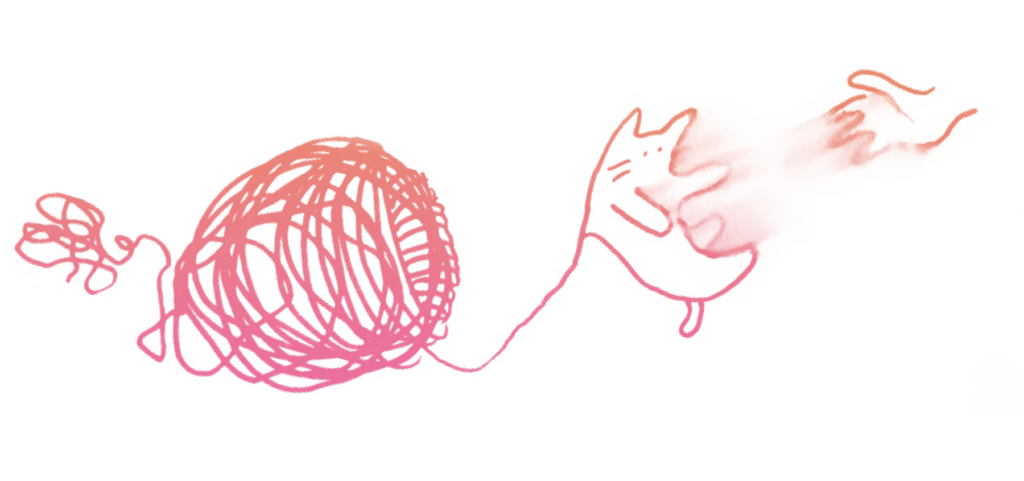
It only takes a small nudge to realize that each of us is stuffed with holy matter enough to demand an attentive ear.
Becoming evergreen
The first time I managed to sink deep into the silence and come bobbing back up with a message, I was standing around the fire circle closing my seventh year returning to Friends Camp. I remember something like a toad crawling up my throat, then leaping out into the fire with a cough, and then I was speaking. I shared with my counselors and fellow campers that camp had been an opportunity each year to dislodge myself from expectations, and remember who I love to be, and try out being that. The drive home was streaked with tears, and in September I tucked myself into a school desk again and wondered what wholeness had failed to follow me there. By now, I had made a few close friends at home, and had brought them along to see what Friends Camp was about, in order to show them what I was about. In our off-season of September through June, we sat there in individual desks divided by classroom walls, missing camp together.
In search of year-round wholeness, my friends and I tried to trace the essence of Friends Camp. Yes, we were gathered in a mass of humans our age every day of the week at school, but no, it did not ignite that same sense of community. Were our classmates just worse community members than our cabin mates? But then, there was no quality assurance check for becoming a Friends Camp camper, so clearly something organizational was at play in both places that evoked something different from the people in them. The word Friend was our trail, and through it we found our local Friends meeting. Though we didn’t form friendships with any of the individuals in the teen group there, I recognized in that room a quality of earnest receptivity. For the first time, whatever vaporized after the ring of the Friends Camp “goodbye bell” was beginning to re-condense in me.
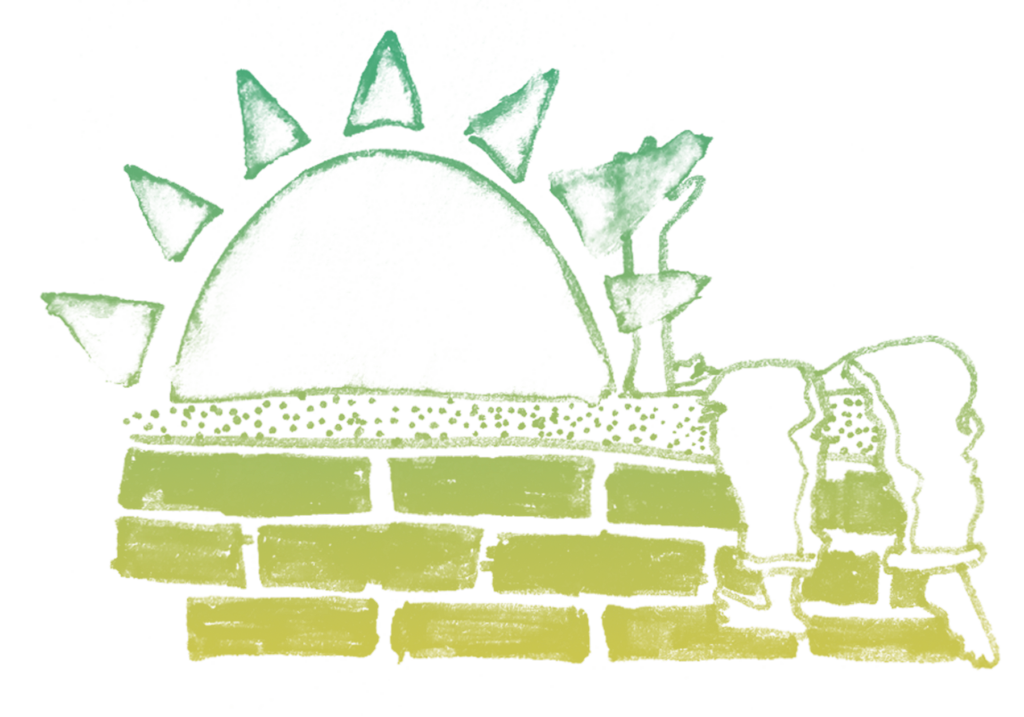
In search of year-round wholeness, my friends and I tried to trace the essence of Friends Camp.
Seed in the wind
I aged out of Friends Camp with a broad smattering of friends to miss, write to, and run into by accident and on purpose in the years to come. Leaving for college, I prepared to bring my whole self to a new jumble of peers. Though very few of them would know anything of Friends Camp, I had learned to trust that community could gel together anywhere, and had to hope that college would offer something to hold and be held by.
The appeal of this pool of 20-somethings burned bright and fast. I soon felt a longing for interaction with other decades: parents, grandparents, and the very young. Though my college campus was full of life, its community felt as imbalanced as a young-growth forest. On breaks, I went to meeting. During worship, I stared at the cloud-colored hair on Friends’ heads, watched the subtle movement of their bodies against the stiff pews, and imagined time beyond my lifetime. I saw these Friends assemble themselves on their feet and begin to speak from some smooth, rich place that was invisible to me. I listened to their messages like I was overhearing a secret.
After meeting, regardless of whether they remembered my face, many of these older friends treated me as though they had been awaiting my arrival, dying to know who I had become. The presence of elders in meeting was utterly humanizing. We didn’t know each other, but we knew each other to represent crucial phases of human life. The not-knowing yet still-embracing each other was what allowed the messages and greetings to permeate life outside the meetinghouse. I did not feel tightly knit into that community, but its porousness and raw-endedness were part of its service to me. On the bus ride home, I often found myself wondering what life my fellow passengers were living, like that woman who was gripping the pole tightly and lowering herself into priority seating. Even here I could listen closely enough to hear the messages she muttered under her breath, and the message of her breath itself.
When I meditated on the age skew of the meeting, I noticed that I felt more at ease with this group than with my own peers. The pressure of social connection dissolved, I felt that our connectedness was both unconditional and noncommittal. Even when I did spot a clump of younger Friends, my awkwardness sometimes steered me to take my tea with the older ones. I could understand logistically why many people my age weren’t showing up at these meetings, as I myself could only manage to drop in two or three Sundays per school year. Still, I found it hard to believe that so few of us had found room for this practice in our lives. Was the meetinghouse not built for Friends of my stature?
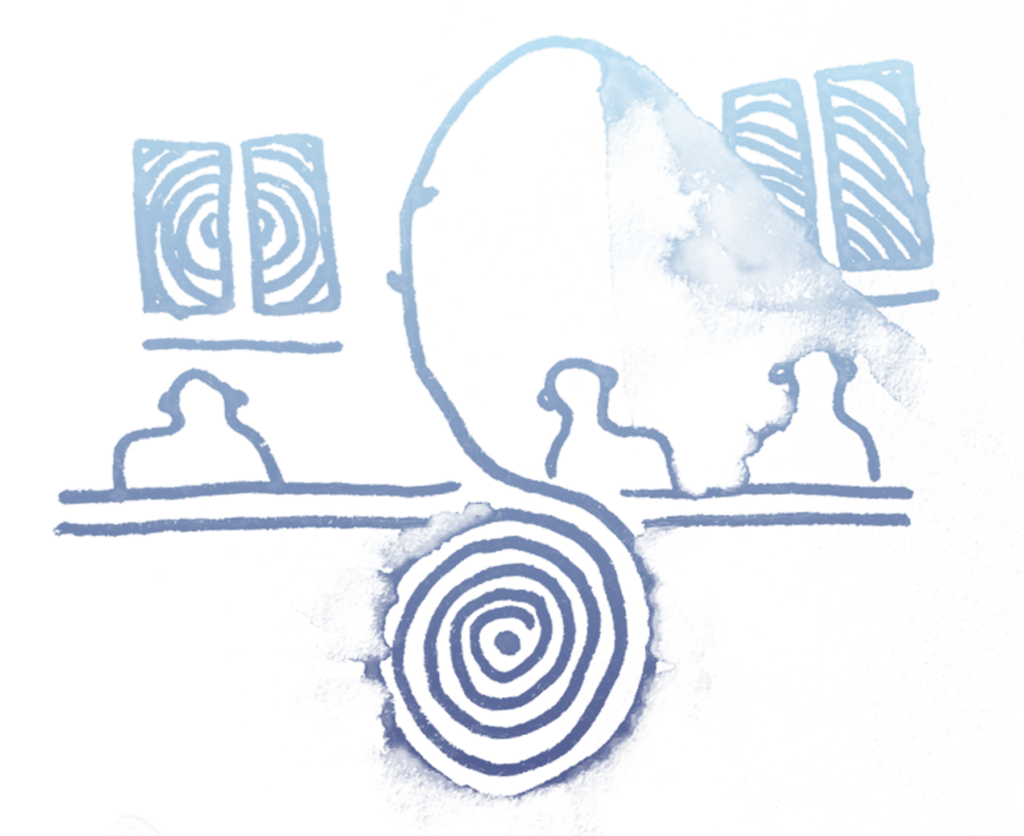
I saw these Friends assemble themselves on their feet and begin to speak from some smooth, rich place that was invisible to me. I listened to their messages like I was overhearing a secret.
Moths to the Light
I learned through Quaker teachings to take the word God as one piece of shelter under which many things pass. I knew many other words that could serve the same purpose. Similarly, a meetinghouse is a kind of shelter. At Friends Camp, the Meeting House was the arts and crafts building, while a more spacious building was used for morning worship. When I aged into the role of leading campers into worshipful silence, the pandemic necessitated that we move this space into open air. In my years as a camper, we had rested our heads on each other’s rising and falling bellies and flattened our spines on the cool, wood floors. Campers under my care would instead find twigs to scratch their tensions into the earth, and slugs to carry their babbling minds.
One camper of mine had expressed unease with spending this time in silence, and said her thoughts usually fell into a dark place when there were no anchors of conversation or tasks to keep her hands busy. We generally discouraged campers from bringing distractions to the circle, so we settled on a small stone for her to hold and center her awareness on. As soon as we rose to greet one another, she came over to me and held the stone out, ecstatic. “Put your hand near this. . . . Can you feel it? It’s generating a field of energy!” I could feel it, and I saw that the stone had become a compact, pocket-sized place of worship.
On return to campus in the fall, I noticed the space was packed with potential meeting places. I reached out to my community with a poster promising Sunday morning waffles and worship, and on those days saw the need for the backyard silence I offered. I held the space each week whether a flock of friends accompanied me, or whether I worshiped alone with a stack of hot waffles. A dear friend attended one meeting and told me that they saw the leadership in me most clearly when I let my body stretch out on the picnic blanket mid-worship and others followed, allowing their meditation postures to soften and unroll. Though barely a croak has been spoken in our meetings, we have developed a sense of messages in other forms. The wind blows messages; the squirrel tails flick messages; the clouds float messages; the coffee breath stinks messages; the nose sniffles messages; the snow accumulates messages; the sun melts messages; and the wet earth sprouts messages, soaking them into the seats of our pants.
This is what reassures us when we are too unsure to speak. When we are lacking elders, the thick-trunked trees stand in as our shelter and support.

This is what reassures us when we are too unsure to speak. When we are lacking elders, the thick-trunked trees stand in as our shelter and support.
Moving toward a more whole meeting
I admire the meeting for its structure and consistency and its elder members for their steady attendance. I believe in the power of place, and I believe in the power of an agreement between people to show up to a place on a regular basis. I also notice a stagnant air accumulating in the rafters of the meetinghouse, and the unyielding nature of hardwood benches. Friends my age are a wiggly, uncertain bunch with a life rhythm that requires long pauses away from home. But we also appreciate structure, and perhaps we could benefit from adding a little Quaker heft to our tool belts. When we move, how can we ensure that our Inward Light can slosh but not spill? While we live in “in-betweens,” to whom can we sit near and listen? In the sometimes flimsy practices of my present youth, I see a pliable softness, and I love it for its capacity to accumulate traditions that become strong community holds. I love it for its capacity to spread thin and holey, and fold into everyday life.


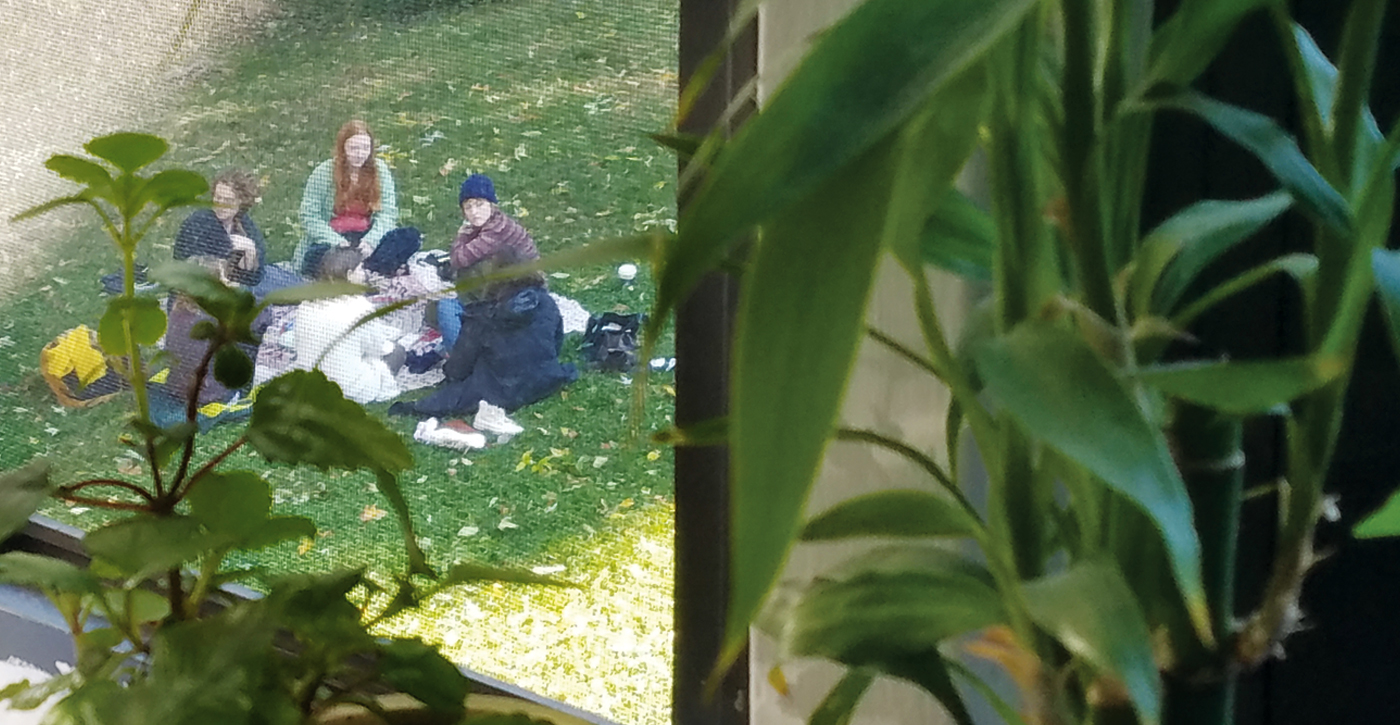
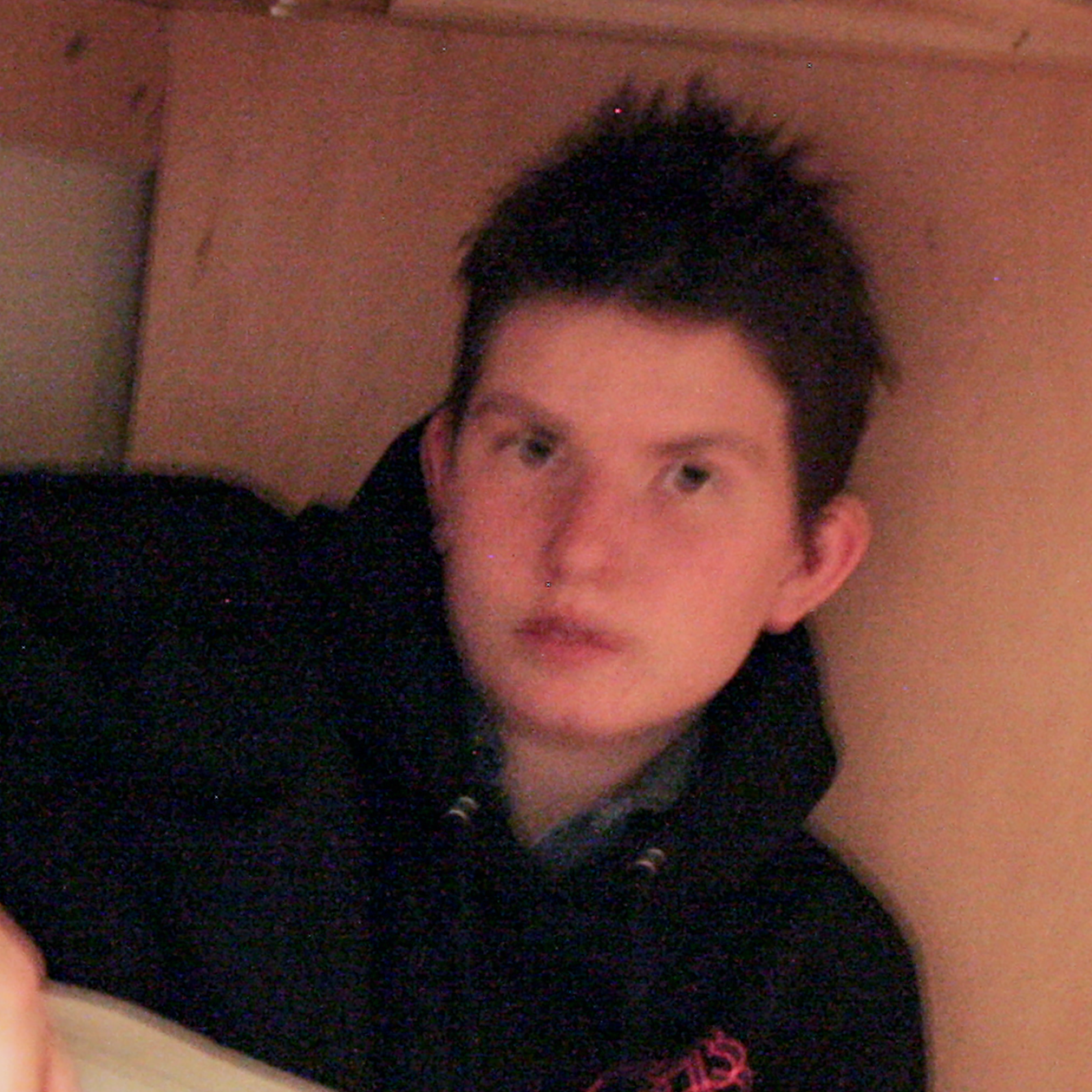
Good “third” eye, Ms. Bingham! I’m used to the concepts of totem animals, spirit guides, and familiars as elements of spirituality, but I never dreamed that a “pet rock” could be a compact, pocket-sized, place of worship. And now, being reminded of Luke 19:39-40, that rocks can generate (and speak from) spiritual energy , I have a whole new family of possibilities around where to channel the flow of “chi” from the One Who created the Universe.
Thank you.
Thank you, Bennett! It seems our understanding of which beings allowed into our family of liveliness keeps expanding, and it is often children who do the work of animating such things. Also, I didn’t know before that the bible had messaging about this!
thank you Annie. Your words are a breath of fresh air filled with the Spirit in these times when kids who were “closed in” during the pandemic years are struggling with mental health. Your Friendship to your peers in building community and persistence to stick with it are welcome in these times of growing and maturing. Please keep on. And when the Spirit provides the occasion teach us with “hair the color of clouds” how to connect across generations.